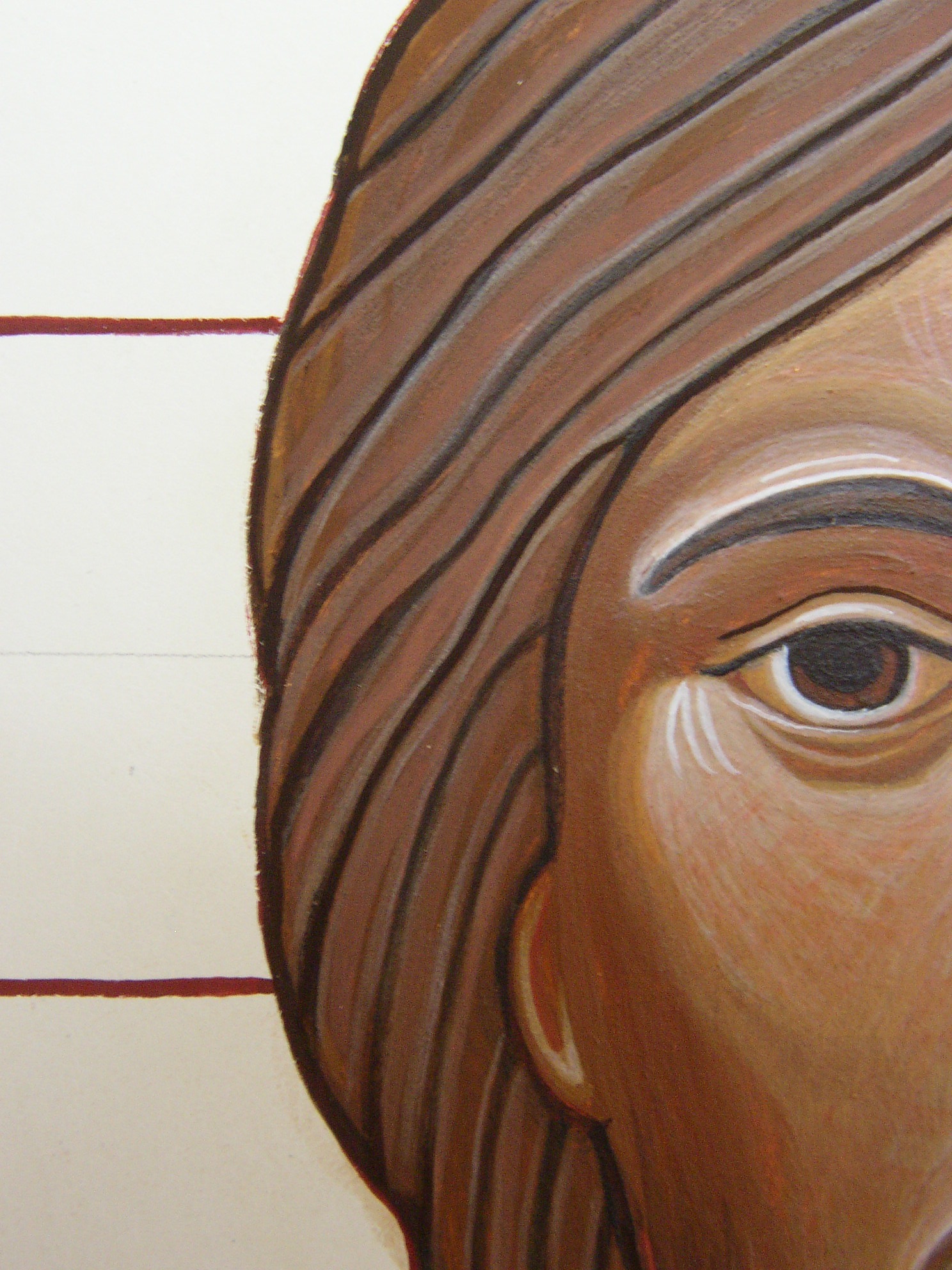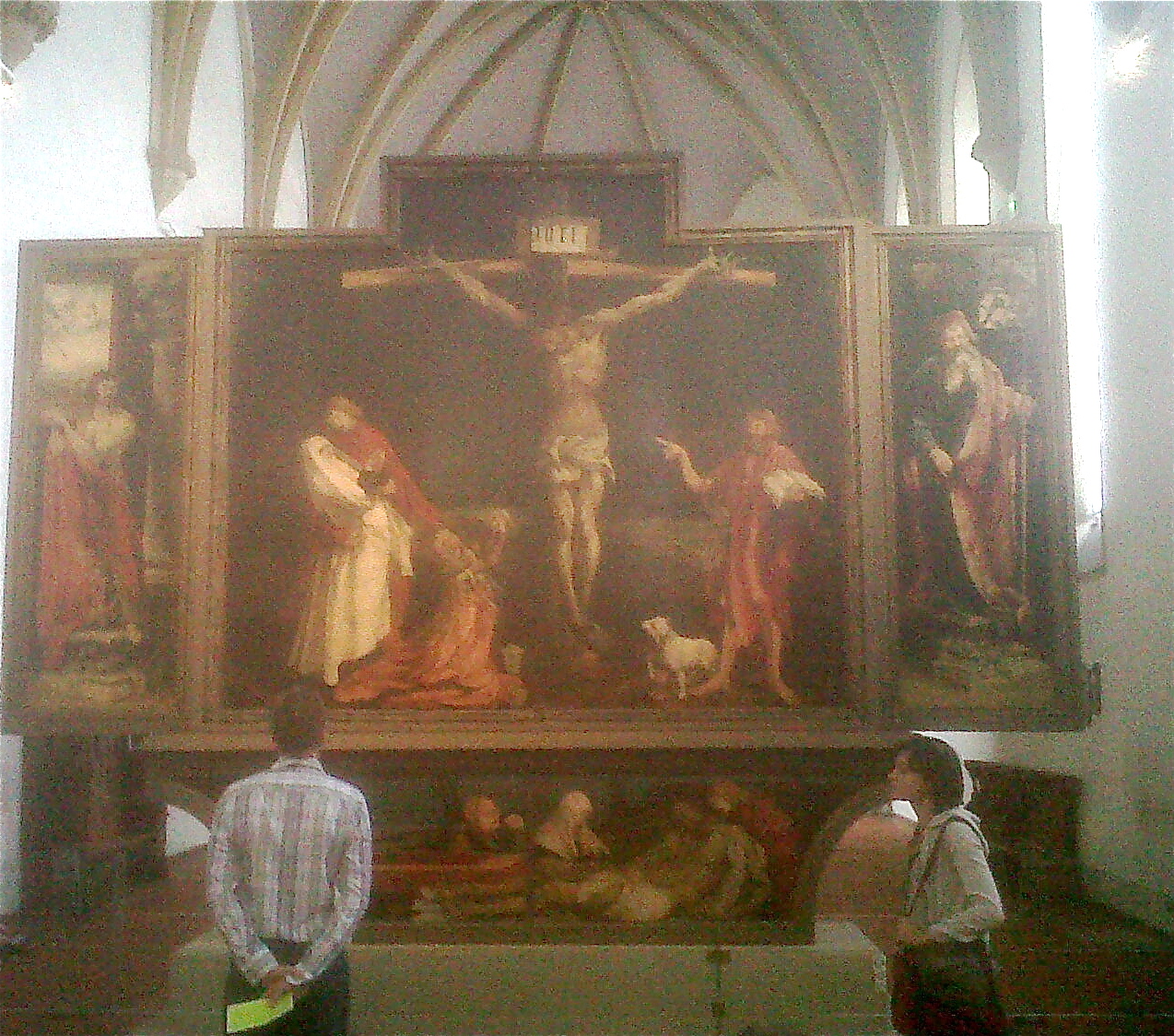The old woman wasn’t subtle in her approach. Her method of seduction quick, her spell intoxicating. I saw her on the first day of my arrival at the Fundacion Valparaiso Mojacar, she seemed to exude an energy that at times felt overwhelming. The old woman of Mojacar was not to be ignored. She reminded me of someone else, perhaps it was Tuahara the pregnant woman who I had grown up with in Taupo, New Zealand. The old woman had a similar presence majestic and mysterious at the same time. Like Tauhara I began one of a number of journeys to her peak. At the top an old reservoir constructed by the Moors sank deep, empty of water but now full of plants and vines. La Vieja had once been the hill upon which rested the village of Mojacar but that was a long time ago and now the town with its whitewashed buildings and empty hotels looked down on her from the opposite larger and higher hill. But unlike that hill the old woman still had presence, a magnetic force which drew me to her everyday.
Regan O'Callaghan Mojacar la Vieja , Mountain, mono prints, Art residency, snake
From my studio I had a clear view of her pyramid like shape inspiring me to draw and paint her. The studio contained an old printing press and so for the first time in many years I experimented with mono-prints rolling out vibrantly coloured pictures which spoke of her life, the animals which lived on her, the fires which had swept over her, the sun that beat down and the stars that shone above.
But more than anything I wished to speak about what she meant to me. About the time I climbed and sat praying for a friend who had died while a fellow resident played his beautiful music inspired by the peaks of the Andes. Of how I had been moved to carry up water and fruit to offer thanks for her, pouring the water into the dry reservoir and leaving the fruit for her kin. How her moonlit shape had etched itself into my mind encouraging me to create so that others could see and give thanks for her, for her beauty and for her spirit. Indeed Mojacar la Vieja had me under her spell and when the day approached to depart I felt sad and mournful. One last climb in the middle of the day the sun was hotter than it had been all month. I gave thanks for the sun bleached snail shells, the scattered paths that led nowhere, the insects that buzzed and the birds above.









